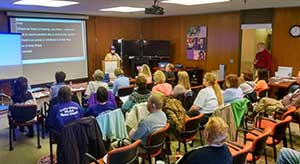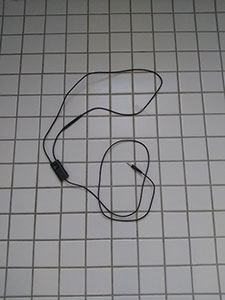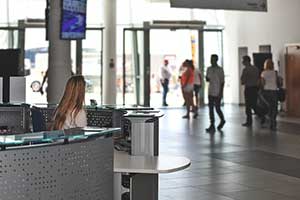
What is SNR Hearing Loss?
SNR stands for Signal to Noise Ratio. In the case of hearing loss, the “signal” that is all important is the speech signal. And so, SNR Hearing Loss refers to a most frustrating issue, namely “ the inability to understand speech in background noise.” Speech signals are drowned out by competing sounds and the more hearing loss a person has the more garbled speech becomes.
“SNR Hearing Loss,” is an expression that is used more commonly nowadays and therefore it must be introduced into the vocabulary of those with hearing loss. In a way, an old familiar problem gets a name.
SNR Hearing Tests
SNR losses tell by how much the speech signal must be raised over background din for speech to be understood. Audiologists can actually measure SNR losses with tests that go beyond the standard tests that are usually performed in a quiet or even soundproof place. Such a scenario obviously does not reflect the realities of everyday life.
During these tests, the patient repeats short sentences against increasing levels of competing background sound. The resulting scores tell the hearing specialist how much loss there is and what type of help the patient needs. The aim is to bring the SNR into a range that makes it easier to understand speech in noise.
Often, the frustration for patients is that even perfectly tuned hearing aid features are not powerful enough to boost the SNR in noisy places. In those cases, other hearing strategies and/or assistive technology are needed, such as the use of an auxiliary microphone.
Certainly, the background noise can be lowered or even turned off but in most cases that is not possible. One can get close enough to face a conversation partner in order to lip-or speechread, which is not very practical in large venues. And now, COVID safety practices do not allow for that approach.
Hearing loops help
The nature of hearing loops is that they greatly reduce background sound and even eliminate it. Only what goes into a speaker’s microphone goes into the telecoils in hearing aids or implanted devices.
The sound signal of a correctly installed hearing loop is even and a lot clearer and stronger than what hearing aids might deliver. With a loop it does not matter how far away the telecoil user is from the speaker. In a looped area anybody with telecoils – in hearing instruments or in portable devices – can listen without strain or struggle. Even people with severe hearing losses report greatly improved listening experiences in looped venues.
Time to learn and to be included in conversations
As COVID-19 winds down ever so slowly and society opens up, people with hearing loss do not want to be left out and isolated again. This is a good time to learn about Loop technology and to advocate for the installation of hearing loops in places where we need to hear and understand better: Library lecture rooms; places of worship; event halls; courts of law etc.
And so, there is no time like the present to work on getting into the loop and to create our communication future.
****
For any questions or suggestions regarding hearing loops, contact us.
Also visit my website: hearing-loss-talk.com where I blog about all sorts of topics related to hearing and hearing loss.



